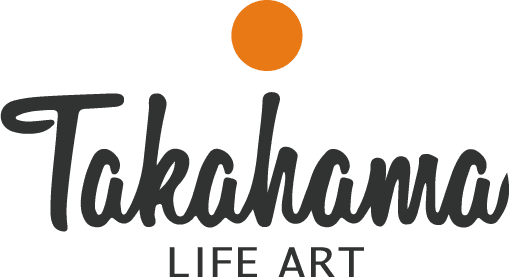
Last Updated on: 14th November 2023, 7:51 am
When you are in the screen printing business. In the business today, you shouldn't be confined to apparel. Rather you may have a broader reach to screen print wood, plastic, metal, and even glass.
There are different types of screen printing processes to create artwork not only on t-shirts but also on other materials. Diverse methods will produce distinctive results.
Hence it is necessary to understand the many ways used in screen printing.
Although you didn't create the artwork, it will still benefit you if you understand how many ways it can be screen printed on a t-shirt.
01. Spot Color Screen Printing:
Spot Color Screen Printing is the most common screen printing type of t-shirt screen printing. Moreover, it uses the stock color of the ink by printing it through the stencil of the screen mesh.
It will produce a vibrant solid spot of color and creates a thicker layer of ink depending on the ink and mesh count used.
Moreover, it is one of the most beneficial in printing darker garments. It is useful for printing 1 - 4 colors; when you have more spot colors, other printing methods such as the simulated process may be a good option.
Fort example company logos are perfect to print using spot color as it does not generally require gradients or excessive colors.
02. Halftone Printing:
Here mostly, single or multiple colors in gradients are printed. These tones can range from solid spots to beautiful halftones of the same color. This screen printing method is excellent when you want to achieve the look of multi-color printing without actually doing it.
For example, if you want to get a pink radiant color on your white t-shirt, you can print red on a white shirt and include a 50% gradient. The 50% gradient will mix with the white to give it a pink appearance, all using only one screen and one color.
It improves the graphics quality and produces a softer feeling print when printed directly onto the garment.
03. Grayscale Printing:
That is a great way to print full-color images as one-color grayscales or halftones. Full-color photographs can be printed as a one-color halftone.
Full-color drawings containing a complete range of different colors may also be produced employing a one-color halftone.
Typically it’s done in black ink on a light garment, but technically speaking, it can be done in any color ink as desired. The resolution will depend on the lines per inch used in the dot pattern.
The more dots a halftone has, the more detailed the print will look. It is a great cost-effective screen printing technique to print black and white photographs on garments.
04. Duotone Printing:
It is the combination of two halftones for the same image printed with two colors. First, a black halftone is printed on white tees, and then a second halftone will be printed with color ink.
The color halftone combines with the black halftone to produce a duotone color hue. It gives a retro and cooling effect to the prints on light garments and gives a full-color print appearance but at a much less expensive rate. It produces a softer feel print when printed onto the garment.
Moreover, it is useful for screen printing apparel, especially light materials.
05. CMYK Printing:
CMYK printing is the most complex of all screen printing techniques and should be done on an automatic press. It can be done manually, but for optimum results, you need an automatic t-shirt press.
Here, we take a full-color photograph and break it down into it four constituent colors: cyan, magenta, yellow and black. The printing process combines these four colors to recreate the original image's full tonal and color range. Moreover, it is an expensive process, mainly done on dark garments.
06. Simulated Printing Process:
The simulated printing process combines the four-color printing process with spot color printing. Combining spot colors with halftone colors to create the original image.
Here, use the spots to intensify the overall look of the printed shirt. It can turn out to be more expensive as it requires complex artwork and many screens.
Moreover, it is most often the process used to print complex images on black-colored garments. It can produce high photos but demands experience in artwork creation.
Conclusion:
Screen printing is old and popular. It involves skill more than theory.
To turn your printing business into a profitable one, print a range rather than a few selected ones. The different screen printing processes are ideal both for individual and bulk orders.
Therefore, analyze the above methods and pick the right process for your screen printing method.















